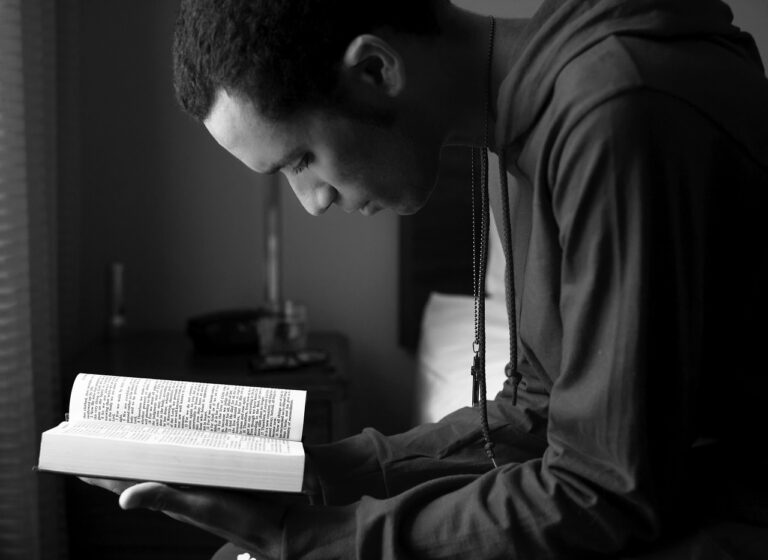Analyzing the Impact of School Choice Policies on Education Equity
School choice policies trace back to the 1950s when economist Milton Friedman first proposed the idea of school vouchers. In the 1960s, the concept gained momentum as a way to introduce competition and improve the quality of education by allowing parents to choose schools for their children. The landmark Supreme Court case in 2002, Zelman v. Simmons-Harris, upheld the constitutionality of school voucher programs, further solidifying the presence of school choice policies in the education landscape.
Over the years, school choice policies have evolved to include various programs such as charter schools, magnet schools, and education savings accounts. These programs aim to provide families with options beyond traditional public schools, allowing them to select educational settings that best meet their children’s needs. With ongoing debates regarding the effectiveness and equity of school choice programs, understanding their historical development is crucial in shaping the future of education policy.
The Different Types of School Choice Programs
When it comes to school choice programs, one common type is the voucher system. This program allows parents to use public funds to send their children to a school of their choice, whether it be a public, private, or charter school. Vouchers are a controversial topic, with proponents arguing that they provide families with more educational options and promote competition among schools, while opponents assert that they divert resources from public schools and can lead to increased segregation.
Another type of school choice program is charter schools. These publicly funded schools operate independently from the traditional public school system and are often given more flexibility in terms of curriculum, hiring practices, and budget allocation. Charter schools are typically held accountable for academic performance through a contract or charter with the authorizing agency, but critics argue that they can lack transparency and oversight compared to traditional public schools.
What is the history of school choice policies?
School choice policies originated in the 1950s as a way to provide students and their families with options outside of traditional public schools. These policies have evolved over the years to include a variety of programs that allow families to choose the best educational fit for their children.
What are the different types of school choice programs?
There are several types of school choice programs, including charter schools, magnet schools, homeschooling, open enrollment, and voucher programs. Each program offers a unique approach to education and allows families to choose the school that best meets their child’s needs.
How do charter schools differ from traditional public schools?
Charter schools are publicly funded schools that operate independently from the traditional public school system. They are given more flexibility in their curriculum, hiring practices, and budgeting, but they are still held accountable for student performance and outcomes.
What are magnet schools and how do they work?
Magnet schools are public schools with a specialized curriculum or focus, such as STEM education or performing arts. These schools attract students from across district lines and are designed to promote diversity and provide unique learning opportunities.
Can families receive funding to cover the cost of private school tuition through voucher programs?
Yes, voucher programs provide families with public funds to cover the cost of tuition at a private school of their choice. These programs vary by state and eligibility requirements, but they are intended to give families more options for their child’s education.
How does open enrollment work in school choice programs?
Open enrollment allows students to attend any public school in their district, regardless of their residential address. This gives families the flexibility to choose a school based on factors such as academic programs, extracurricular activities, and location.





